Ukraine-Russia Conflict: Where June 2025 Stands in a War Without End
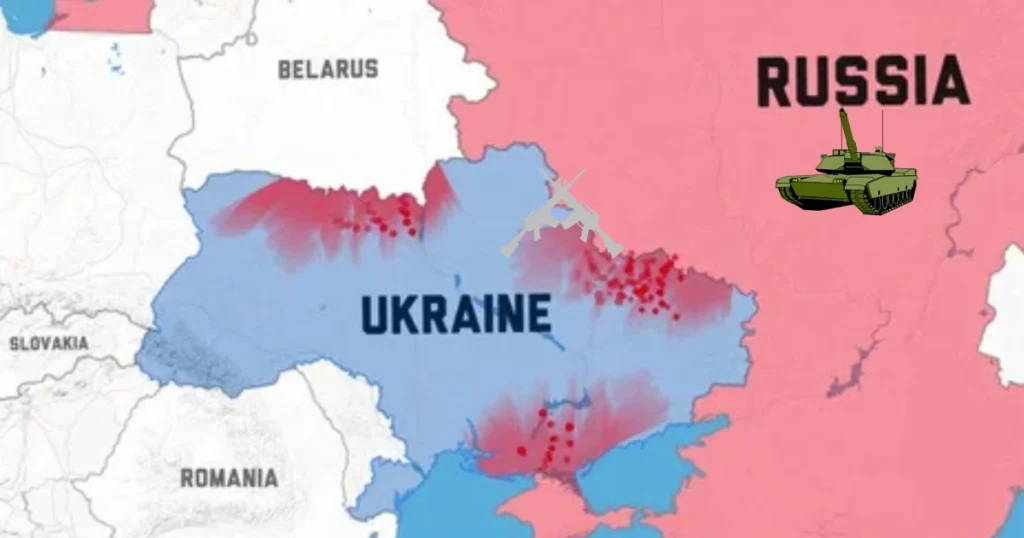
Conflict zones across Ukraine and Russia remain active in June 2025, with frontlines heavily contested.
By Somya Prabhat | newslyy.com
Table of Contents
The Ukraine-Russia conflict continues to grind forward in June 2025, a war that now defines an era more than a battlefield. What once stunned the world has now become routine — but the stakes remain as volatile as ever. They still run to shelters in Kharkiv when the sirens sound. In Mykolaiv, streetlights flicker on as drones buzz overhead, never sure if tonight will be another blackout. And in Belgorod, just over the Russian border, a shopping mall was reduced to metal and smoke last week, reportedly by a Ukrainian drone strike. The war goes on. The world looks away.
More than two years since it began, the Ukraine-Russia conflict has entered a strange new phase. Neither side is winning. Neither is losing badly enough to quit. And the rest of the world? Watching, calculating, and in many places, quietly moving on.
Yet this conflict—still very much alive in June 2025—refuses to settle. And every week it continues, the risks grow.
The Military Deadlock Tightens
On the battlefield, progress has slowed to a crawl. Russia holds large parts of eastern and southern Ukraine, but advances are rare. Ukrainian forces continue to harass Russian supply lines and bases deep behind the front using homemade drones and NATO-supplied missiles. The Zaporizhzhia front remains tense but largely static.
Last month, Ukraine regained small pockets near the Dnipro River—enough to declare symbolic victories, but not enough to change the war’s momentum. Russian artillery still outguns Ukrainian forces 3 to 1 in most contested regions, according to the British Defence Ministry’s June report. Moscow’s air dominance remains intact, largely due to increased shipments of missiles and surveillance drones from Iran and North Korea.
The cost is high. Ukraine has lost an estimated 180,000 troops since the start of the war. Russian casualties are harder to confirm but likely even higher. Both nations are digging in, preparing for a third winter of war.
NATO Is Still In, But Starting to Blink
Officially, NATO’s message hasn’t changed: support Ukraine, isolate Russia, avoid direct war.
But behind the scenes, 2025 feels different. In Washington, political appetite for another $20 billion in aid is waning as the U.S. election season accelerates. President Biden, facing pressure from both isolationist Republicans and war-weary centrists, managed to pass a smaller $12 billion package in early June—but with far more resistance than in years past.
In Berlin, protests have erupted over rising fuel costs and military budgets, and Chancellor Scholz is under pressure to prioritize domestic energy reforms over foreign aid. Even in the UK—one of Kyiv’s staunchest allies—the public’s attention has shifted to internal scandals and inflation. Only Poland and the Baltic states remain loudly uncompromising.
Western unity still exists, but it’s fraying around the edges. And Moscow sees that.
Global South: Observing, Suffering, and Shifting
In Nairobi, Lagos, Jakarta, and Buenos Aires, the Ukraine-Russia conflict isn’t about borders—it’s about bread.
The war has pushed global grain prices up by 27% since 2022. Nations heavily dependent on Ukrainian wheat or Russian fertilizer have struggled. In Egypt, food inflation hit 41% in May. In parts of West Africa, bread is now a luxury.
Many countries in the Global South, already frustrated with Western double standards, are taking a more neutral line. At the recent BRICS+ summit in Cape Town, Brazil’s president Lula da Silva declared the conflict “a European tragedy made into a global burden.” His words were met with applause.
India continues to walk its tightrope—importing discounted Russian oil while occasionally voting for UN humanitarian resolutions. New Delhi has called for peace but avoided naming Putin directly. That ambiguity is now being copied by others.
China’s Game of Shadows
Then there’s China. Always present, never loud.
Beijing has maintained its stance: peace must come through negotiation, and sovereignty should be respected. But beneath that surface lies a quiet alignment. Chinese trade with Russia reached record highs in April, with increased shipments of semiconductors and raw materials. While the U.S. accuses China of helping Russia “indirectly,” concrete evidence remains elusive.
China benefits from the war’s distraction. As the West funnels money and weapons to Ukraine, Beijing expands its influence in Africa, Latin America, and even Eastern Europe, often under the radar. The Ukraine-Russia conflict, in a twisted way, buys China time.
Civilians Are Still the Ones Paying
The hardest truths in war are often whispered.
In Ukraine, entire towns live underground during bombardments. A recent UNICEF survey found that 1 in 3 Ukrainian children now suffer from symptoms consistent with PTSD. Electricity in some parts of Donetsk is only available for two hours a day.
In Russia, men from rural regions continue to be drafted with minimal training. Videos on Telegram show grieving mothers protesting in Dagestan, begging for news of sons who never returned from the front. State media doesn’t cover those.
These aren’t just numbers. They’re lives slipping between the gears of geopolitics.
You may also like (https://newslyy.com/2025/06/18/india-startup-ecosystem-turning-point/ )
Is Peace Possible in 2025?
The most common question is now the hardest to answer.
In theory, a ceasefire could be negotiated within weeks. Turkey and Switzerland have offered to mediate. Kyiv has hinted at territorial compromises—under very specific conditions. Russia, too, has sent vague signals through unofficial channels.
But in practice? No side wants to be seen as conceding first. Zelensky cannot give up territory without risking his political survival. Putin, facing an unstable economy and inner-circle unrest, cannot appear weak either.
So the Ukraine-Russia conflict continues—not because it must, but because no one has yet figured out how to stop it without losing something bigger than land: legitimacy.
Also visit (https://shorturl.at/ptwNQ)
Conclusion: A Dangerous New Normal
There was a time when missile strikes on European cities would shake the world. Now, they’re part of the daily scroll. That normalization may be the greatest danger of all.
The Ukraine-Russia conflict is not frozen, but it is stuck—locked in a dangerous rhythm where suffering becomes routine and victory remains undefined. For global powers, the challenge ahead isn’t just ending the war—it’s remembering that it is still happening.
Because behind every explosion map, every UN speech, every drone strike video, are lives still being lived—and lost.
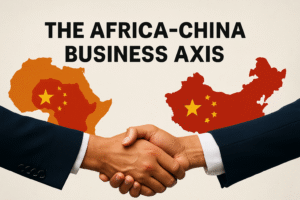
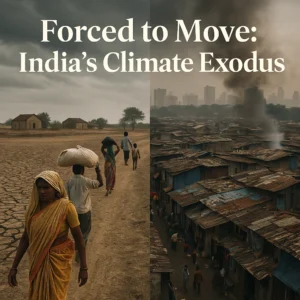
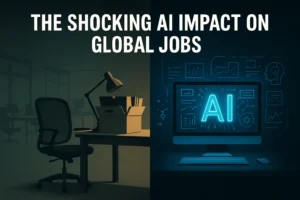
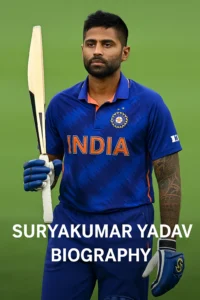
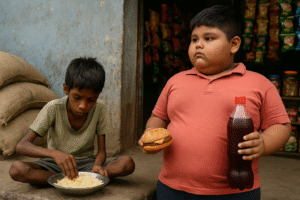
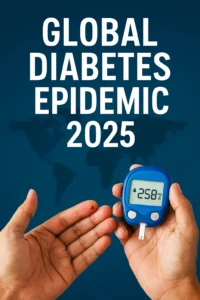
Real peace isnt just about the absence of war its about people feeling safe, valued and heard in their daily lives. That means better education, access to food and healthcare, freedom of expression, and respect across cultures and borders
Thanks for showing your interest in our article, means a lot and also the selection of words that you have used shows your true nature and mentality, we need more people like you so that this world can be a better place to live.
Thank you so much your words genuinely mean a lot to me but I honestly feel its people like you the ones who spark meaningful conversations and spread awareness who are truly needed in this world. Your efforts inspire others to think, feel and act with more compassion im just grateful to be part of that energy.
Keep up the good work 🙌